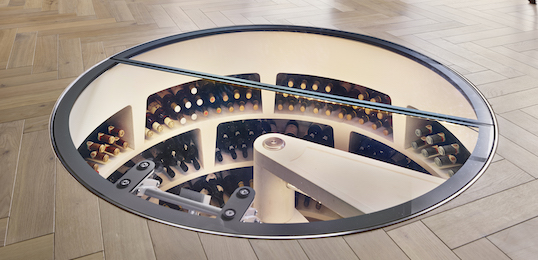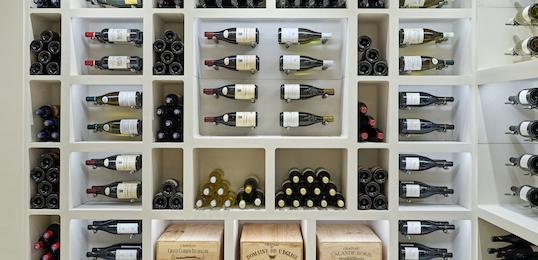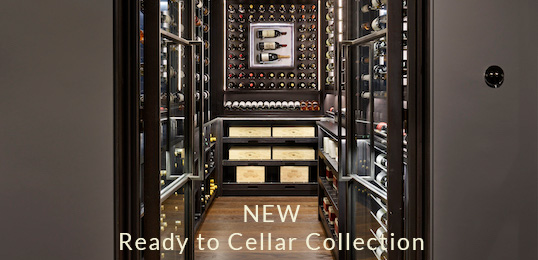Buying wines as ‘futures’ or en primeur
The best and (in the long term) the cheapest way to buy red Bordeaux is en primeur. This system, known as buying ‘futures’ in the United States, enables you to purchase the wine before it is bottled. This helps the cash flow of the domaine, château or winery in question (not to mention that of the wine merchant who gets to bank your money for a few months), but if you buy wisely it should ensure that you end up with a case of something that is rare and/or valuable.
The en primeur market is at its strongest in Bordeaux, especially in top vintages such as 2000 or 2005, but it also exists in Burgundy, Barolo, Tuscany, California, the Rhône, the Douro Valley (whenever there is a declared Port vintage) and, to a lesser extent, Germany and Washington State. Of these, Bordeaux attracts by far the most attention.
You should always buy blue chip wines if you want to make a profit. This effectively means restricting your purchases to no more than 30 or so famous names. In fact, if you really want to play the percentages just stick to Bordeaux in top years, when prices have the best chance of increasing.
Prices for the top wines from 1982, 1989, 1990, 1995, 1996, 2000, 2003 and 2005 have all risen. Sometimes, the sums involved are considerable. If you’d bought the 1982 Château Pétrus when it was released it would have cost you £300 a case. Today it is worth a cool £32,000, which is not a bad return on investment. Of these vintages, 1989, 1990 and 1996 are currently under-valued, partly because investors seem to prefer to buy young wines. They are also drinking well at the moment, unlike the top 2000s and 2005s, which need more time.
If you resell your wine, whether to a fine and rare merchant or through an auction house, I’d advise you to shop around for the best price. You should also keep your wine in bond, as it will be easier to sell that way. UK auction houses charge vendors anything between 10-15% plus VAT, plus a collection charge and insurance at 1%. If the wine is rare, you may get a better deal through a wine broker, although most of them charge 10% too. Incidentally, you do not have to pay capital gains tax on the profit, as wine is considered a perishable good by the Inland Revenue. The only exception is Port, which is considered an investment.
Do prices go down too? You bet they do. In poor, mediocre or over-priced vintages, such as 1994, 1997, 1999, 2007 and (on Bordeaux’s Left Bank, but not the Right) 1998, prices have either remained static or decreased. If you’d bought the 1997 Château Valandraud from Saint Emilion when it was released you would have paid £2000 a case. It is currently trading at £750 or less.
There is another good reason for buying wine en primeur: that is, to drink it. The key argument for buying wine in this way is that you know where it was stored from the moment it was shipped. There are numerous stories of fine wines being ferried backwards and forwards across the Atlantic as they changed hands over the years. Needless to say, this isn’t good for wine. The other argument is that in areas like Burgundy, the Right Bank of Bordeaux, Piedmont (home of Barolo and Barbaresco) and the Rhône, the wines that you like to drink or collect may well be in short supply and will not appear on the secondary market – auctions or wine merchants’ lists – in due course.




